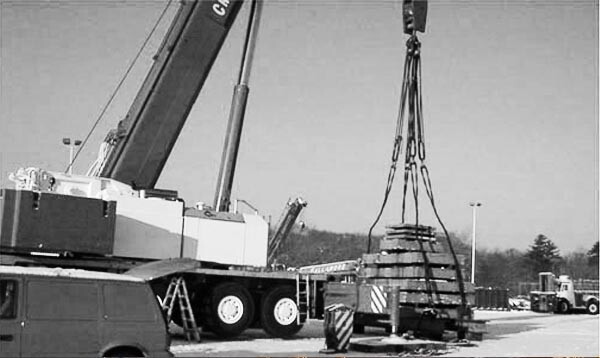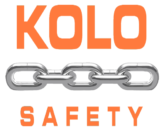Mobile Crane Inspections
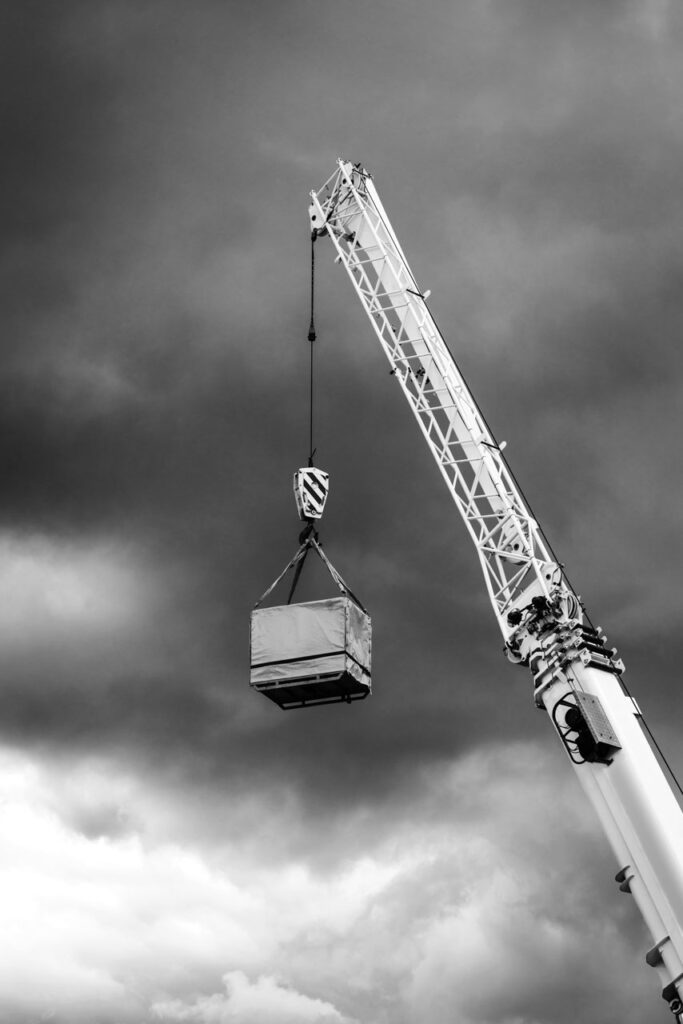
Conventional Crane Inspections
We inspect a wide variety of lattice boom cranes on crawlers and trucks as well. Typically we see Manitowoc, Link Belt, P&H, Bucyrus Erie, American, Terex and Northwest.
Rough Terrain Inspections
This crane is probably best suited for the job-site. It is outfitted with construction grade tires and suspension for travel over unfinished surfaces. This crane usually has the ability to pick and carry, a feature that makes it even more versatile on the job site. Popular manufacturers of this type crane are Terex, Grove, Tadano, Link Belt, P&H and Galion.
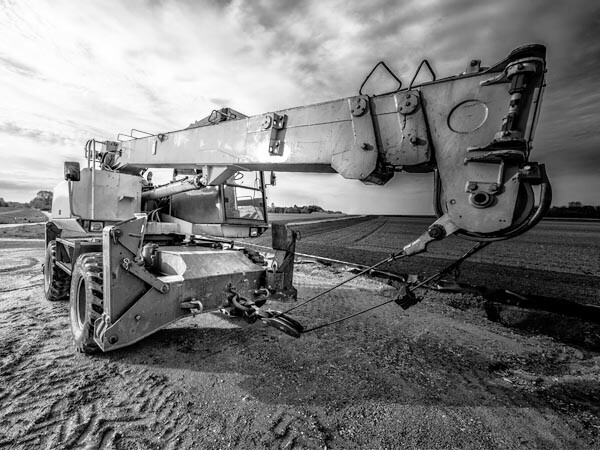

Articulating Crane Inspections
The articulating crane is probably the one crane that comes in the largest variety of configurations. The articulating boom gives the operator the ability to work in close conditions. You can find these cranes outfitted with or without load ropes.
They also may have pallet forks, load hooks or grapples attached to the end of their booms. They are commonly used for delivering products such as building supplies, precast concrete, or logs. The many manufacturers include IMT (pictured), Fassi, and Corm.
Book Digger Derricks Inspection
Digger Derricks Inspections (Radial Arm Crane)
The Digger Derrick was designed for a specific use. It is essentially a crane that comes with a hydraulic driven augur to dig holes in the ground for setting poles.
Some models come with pole claws, which assist in setting poles in the ground. This truck gives the operator the ability to plant poles in the ground, unassisted.
Manufacturers include Altec, Terex, Texoma, Pitman, and Atlas.
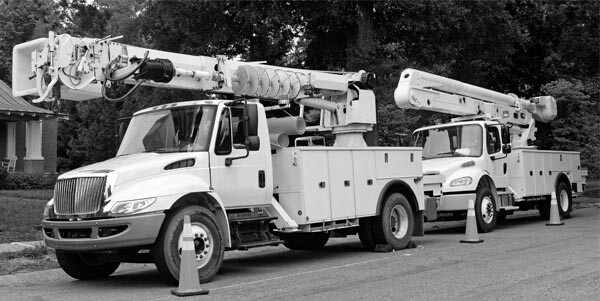
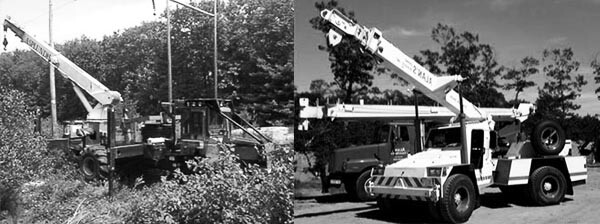
Specialty Crane Inspections
Some cranes just don’t fit into the major categories. Pictured here is a National boom attached to a Timberjack. It is used for high-line work in the worst terrain. Also shown is an Australian crane, Franna. The boom doesn’t swing, it gets its side motion by articulating the truck’s frame.
Load Tests
To prove out cranes’ computers’ accuracy requires a load test. Even though the LMI is an “operational aid”, it must work properly. Years of experience performing these tests is the best way to explain our success rate when it come to not damaging cranes during this potentially risky test. Cranes with LMIs (Load Moment Indicators) must be tested annually. The picture depicts a 102 ton load test that was successfully completed.
